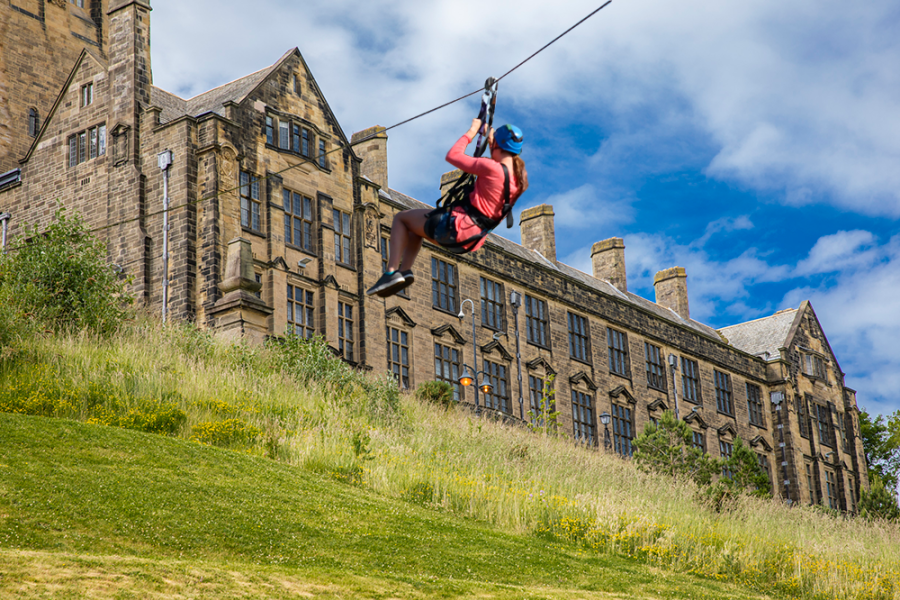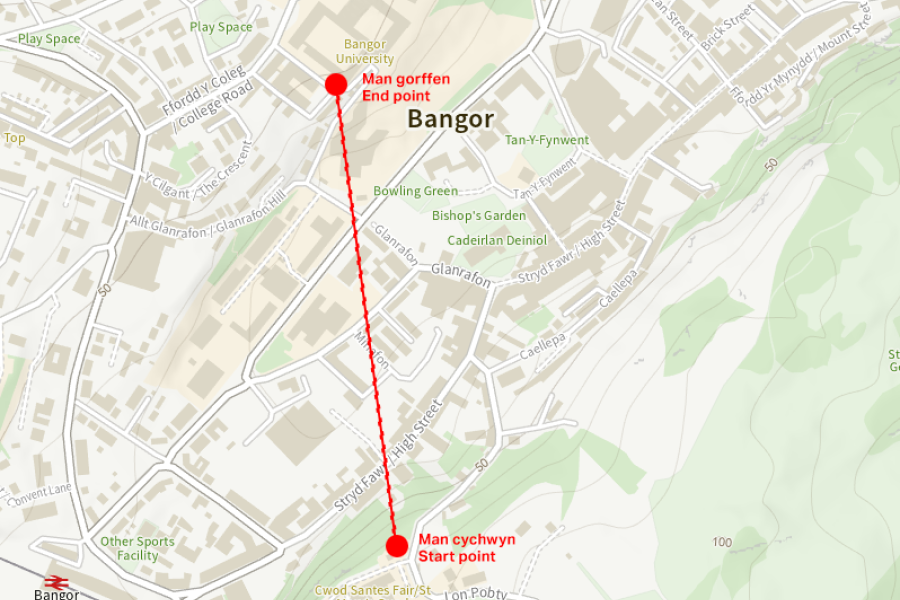Plans for the UK's first cross-city zip line, connecting Bangor University’s Main Arts building and St Mary’s village, are to be submitted to city bosses.
The proposal would see a 500m aerial wire running from St Mary’s student village to the Main Arts site. One rider would be dispatched in a seated harness, as they travel over the cityscape and admire the breath-taking views.

Discussions have been underway for several months to ensure that the designs carefully consider some of the city’s most notable landmarks, including the Grade 1 listed Main University building, St Deiniol’s Cathedral, College Park and Pontio Arts and Innovation Centre.
The plans would also see discounted rates for students and residents of the city. Talks are ongoing regarding the possibility of a yearly attraction pass for Bangor University staff and students, with designated daily time slots allowing for fast and enjoyable travel from St Mary’s student village to the University’s main site. This would allow students an extra 15 minutes in bed before early morning lectures.

A spokesperson from the University’s planning department said: “These exciting proposals will allow thrill-seekers to take an exhilarating ride across our city, travelling at speeds of up to 71mph while taking in some of the beautiful scenery that Bangor offers.
“This innovative attraction would help to boost visitor numbers to Bangor and strengthen our university city’s spot on the tourism map.”

